

James Wong
2026 Audi Q5 review: Quick drive
5 Days Ago
Lamborghini will debut two new Urus variants and one new Huracan variant before the end of 2022, with the first reveal set for this month.

Contributor


Contributor
Lamborghini is gearing up for a jam-packed second half of the year.
The Italian supercar automaker has confirmed in its latest financial report that it plans to reveal three new cars in 2022, starting this month.
Two of these upcoming models are going to be Urus variants and the other is a Huracan variant. It’s currently unclear which cab will be first off the rank at this stage.
One of these upcoming Urus super SUV variants is believed to be a hotter variant that could wear the Evo name.
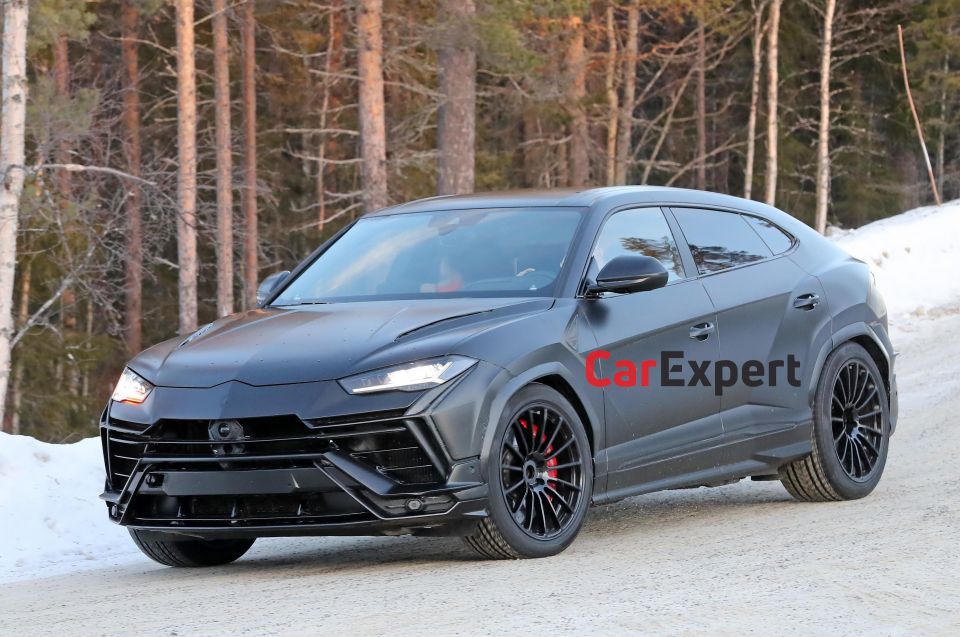
It was recently spied in prototype form wearing a reworked front fascia with different side air intakes and a reworked upper grille cutout, among other minor changes.
It’s expected the hotter Urus Evo will have more power than the regular model, but it’s unknown how much more. Rumours of more than 500kW have been previously reported by Car Magazine.
The regular Urus is powered by a 4.0-litre twin-turbo petrol V8 engine producing 478kW of power and 850Nm of torque.
The second Urus variant is expected to be a plug-in hybrid (PHEV) variant, which will bring the fight to BMW’s upcoming electrified XM SUV.

A prototype version of this car was recently spied along with some prototype PHEV versions of the next-generation Porsche Panamera and facelifted Cayenne.
At this stage it’s unclear what will be under the bonnet of the Urus PHEV, but it could share its plug-in hybrid powertrain with Porsche.
One option Lamborghini could draw from is the PHEV powertrain from the Cayenne Turbo S E-Hybrid. It comprises a 4.0-litre twin-turbo V8 engine with an electric motor and a 17.9kWh lithium-ion battery, with total system outputs of 500kW and 900Nm.
As recently teased in video form, it’s expected the new Huracan variant will be a high-riding, rally-inspired version.
Dubbed the Huracan Sterrato, this all-terrain Lamborghini supercar appears to be inspired by the wild 2019 Sterrato concept and looks conceptually similar to the Porsche 911 Dakar that’s been spied testing.
Pointing out the obvious, the Huracan Sterrato has raised suspension (the concept was 47mm taller than stock), and it looks like the camouflaged prototypes rides on different wheels to the rear-wheel drive Huracan EVO.
Like the Sterrato concept, there are two small light bars at the front of the car, a scoop and rails on the roof, and wheel arch extensions.
Lamborghini hasn’t released any official powertrain details about the Huracan Sterrato thus far, but in the teaser video the car’s V10 engine can be heard on full song.
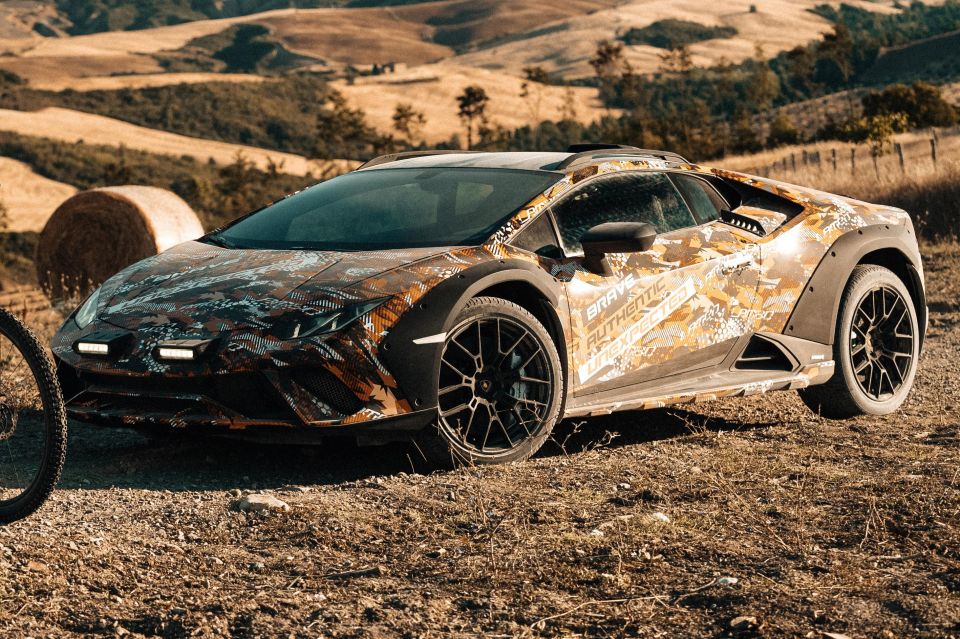
It’s not clear what changes Lamborghini will make to the 5.2-litre naturally-aspirated V10 powertrain in the Huracan, if any. For context, in the Huracan STO this engine produces 470kW and 600Nm.
It’s possible the Huracan Sterrato will feature a retuned all-wheel drive system to work better on gravel and snow, like the concept.
It’s also possible this high-riding version of the Huracan could one of the last iterations of the supercar without any electrification.
As previously reported, the replacement for the Huracan will not be built on an Audi platform, and won’t share its engine with any other brand. For context, the current has Audi R8 underpinnings.
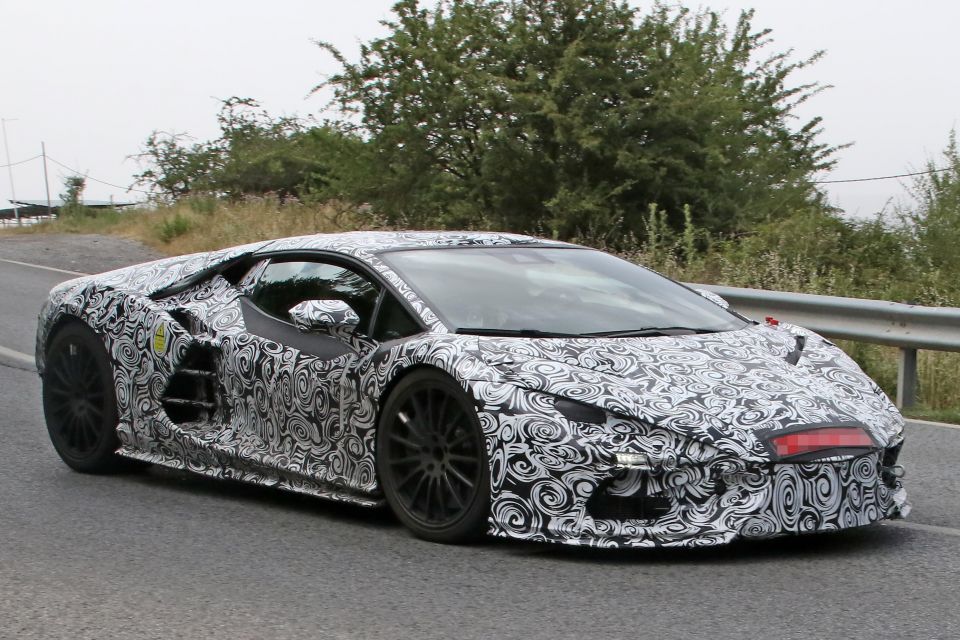
Although Lamborghini hasn’t confirmed powertrain details yet for the Huracan replacement, it’s believed the new ‘entry’ supercar will have a plug-in hybrid drivetrain, with fewer cylinders in the engine compartment.
Lamborghini has already confirmed the successor to the halo Aventador will have a naturally-aspirated V12 engine mated to a hybrid system.
This new flagship model has been spied a number of times already and is set to be revealed early next year with first cars arriving in the third quarter of 2023.
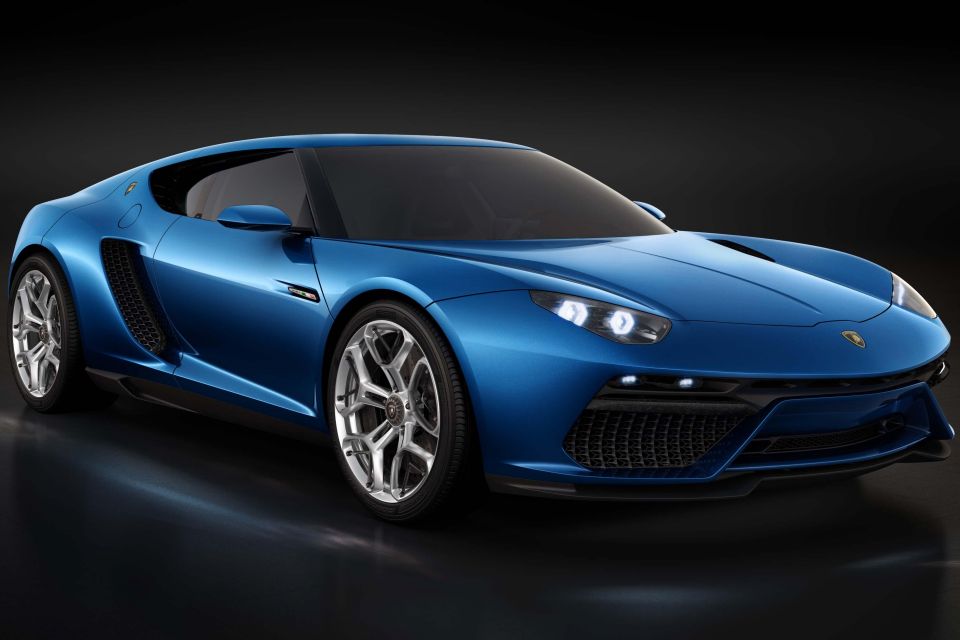

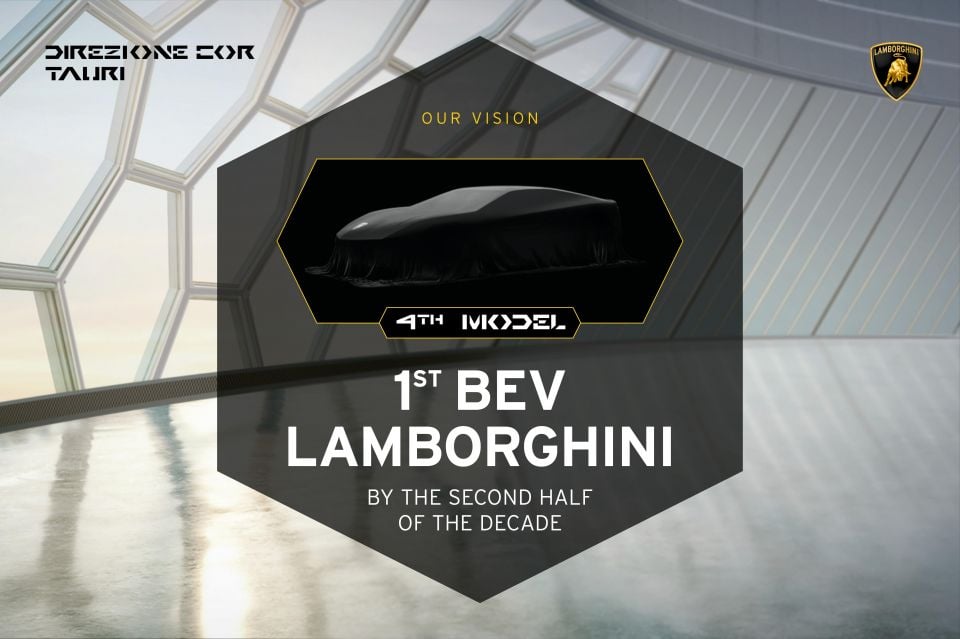
Lamborghini’s roadmap to electrification started off with the low-volume Sian and will culminate the first all-electric model, which will arrive “by the second half of the decade”.
Lamborghini director of the APAC region Francesco Scardaoni recently confirmed this EV will have a 2+2 seating configuration.
Previous rumours have pointed toward it being a grand tourer that will look similar to the Estoque sedan concept from 2008, and the Asterion concept in 2014.
MORE: Everything Lamborghini Urus MORE: Everything Lamborghini Huracan
Where expert car reviews meet expert car buying – CarExpert gives you trusted advice, personalised service and real savings on your next new car.
Jack Quick is an automotive journalist based in Melbourne. Jack studied journalism and photography at Deakin University in Burwood, and previously represented the university in dance nationally. In his spare time, he loves to pump Charli XCX and play a bit of Grand Theft Auto. He’s also the proud owner of a blue, manual 2020 Suzuki Jimny.


James Wong
5 Days Ago


James Wong
4 Days Ago


Max Davies
3 Days Ago


Josh Nevett
2 Days Ago


Max Davies
2 Days Ago
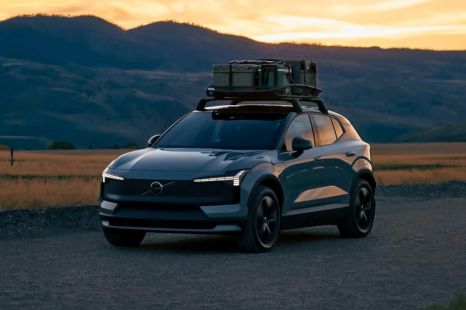

James Wong
18 Hours Ago